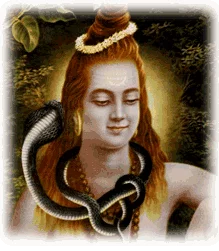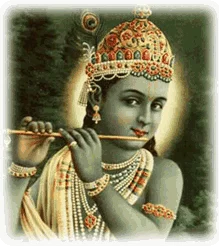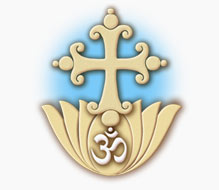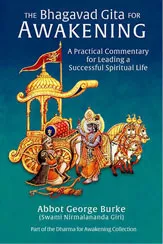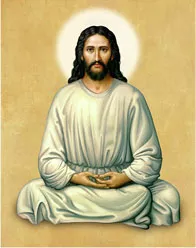Can Women Attain Liberation?
Anandamayi Ma Even today in India there are people who believe that there is no need for a woman to engage in meditation because it is impossible for a woman to attain liberation. My friend, Saguna Hejmadi (a cousin of Papa Ramdas of Anandashram), was … Continue reading
The Perfect Tranquility of Lahiri Mahasaya
“The Vedas are such that their scope is confined to the three gunas; be free from those three gunas, indifferent toward the pairs of opposites, permanently fixed in reality, free from thoughts of acquisition and possessiveness, and possessed of the Self.” (Bhagavad Gita 2:45). “Permanently … Continue reading
What Happens to the Yogi in Samadhi?
Sutras 40 through 46 of Book One of the Yoga Sutras of Patanjali Sutra 1:40. His mastery extends from the finest atom to the greatest infinity. This is not as big a leap as it seems, for it does not mean that after the preceding steps the … Continue reading
Seven Ways to Purify the Mind, Part 2
Sutras 36 through 39 of Book One of the Yoga Sutras of Patanjali Sutra 1:36. Also (through) serene [vishoka] or luminous [jyotishmati] (states experienced within). Vishoka means “blissful; serene; free of grief, suffering or sorrow.” Jyotishmati means “effulgence; full of light.” Inner experience of a higher … Continue reading
7 Ways to Purify the Mind, Part 1
Sutras 33 through 35 of Book One of the Yoga Sutras of Patanjali Sutra 1:33. The mind becomes clarified by cultivating attitudes of friendliness [maitri], compassion [karuna], gladness [mudita] and indifference [upekshanam] respectively towards happiness [sukha], misery [dukha], virtue [punya] and vice [apunya]. Maitri is friendliness; … Continue reading
Om, the God-Word
Sutras 27 through 30 of Book One of the Yoga Sutras of Patanjali 27. His designator [vachaka] is ‘Om’ [Pranava]. Usually, vachaka means that which is denoted by speech, in this case meaning that Ishwara is designated by the Pranava–by the sacred syllable OM. But … Continue reading


